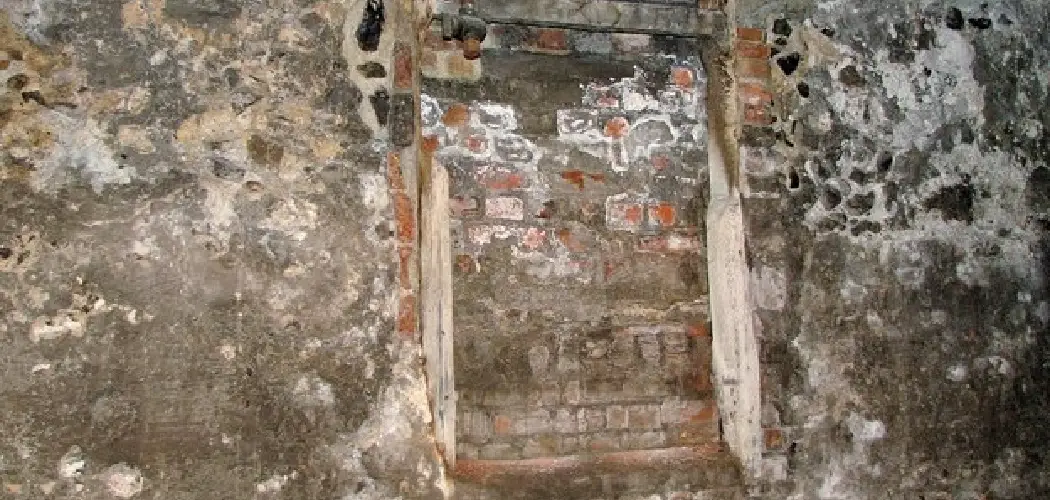Are you fighting against mold in your basement? Do you feel overwhelmed by the task ahead of you and unsure of how to tackle it? If you have noticed mold growing in your basement walls, it is important to address the issue right away. Don’t worry!
Removing mold from walls can be daunting, but with a few simple steps, you can take control. The presence of moisture and a lack of air circulation makes basement walls a prime spot for the growth of mould and mildew. Not only can this unsightly growth damage your home’s structure, but it can also become an unhealthy environment in your home or workplace.
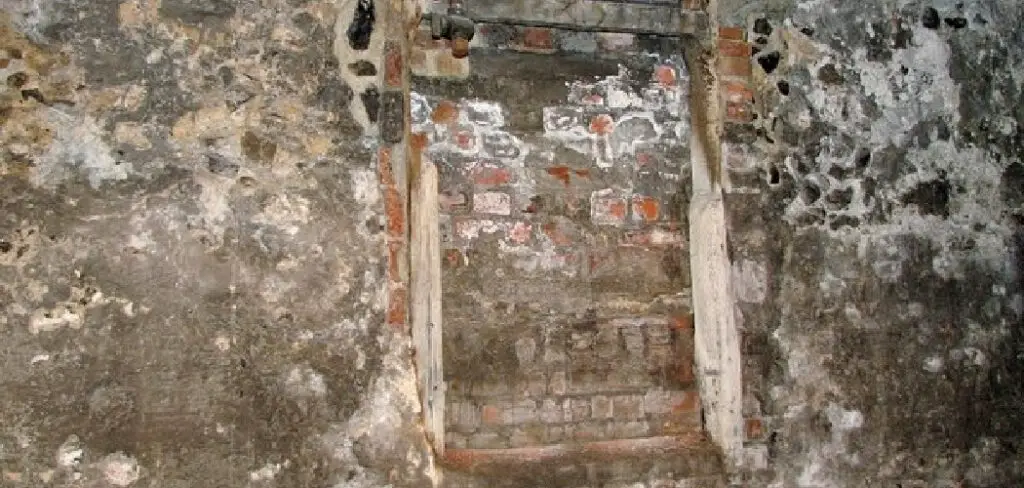
In this blog post, we will provide step-by-step instructions on how to identify and how to remove mold from basement walls safely from your basement walls. We’ll also give tips on prevention so that future mold growth is less likely. Read on for all the information and advice needed to keep your basement safe and free from harmful mold growth.
What Causes Form Mold in Basement?
1. Humidity
Mold formation in the basement is due to a combination of factors: high humidity, dampness, and lack of proper ventilation. Basements often experience higher levels of humidity and moisture compared to other parts of the house as they are located below ground level and may be prone to flooding or leaking. Also, basements tend to have poor air circulation which allows water vapor to remain in the air.
2. Leaks and Condensation
Leaking pipes or windows can cause excess moisture to build up in the basement, which can lead to mold formation. Poor insulation of walls, floors or ceilings can also cause condensation to occur on surfaces, leading to water vapor accumulating and encouraging mold growth.
3. Improper Cleaning Habits
Not cleaning the basement regularly or not using the proper cleaning products can encourage mold to grow. It’s important to use a cleaner specifically designed for killing and removing mold when tackling any mold problem in the basement.
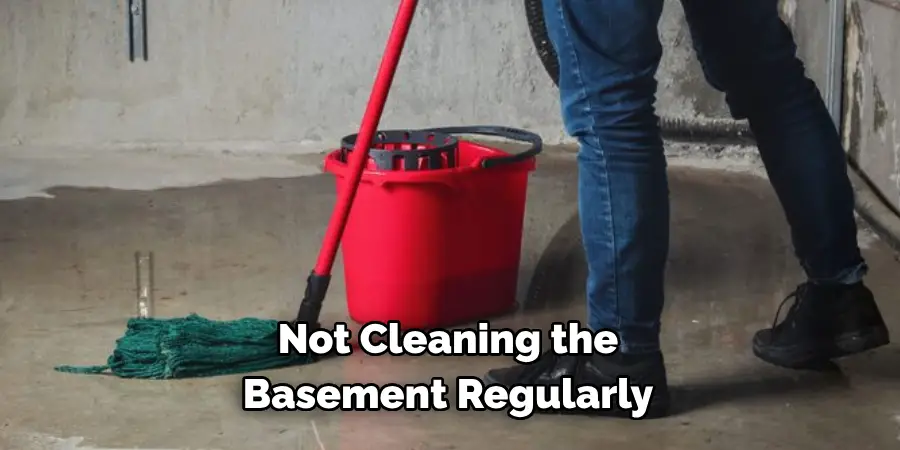
Required Items for Removing Mold
- Rubber Gloves
- Mask
- Safety Glasses
- Clean rags or cloths
- Vacuum with HEPA filter
- Vinegar
- Baking Soda
- Liquid dishwashing soap or detergent
10 Ways How to Remove Mold From Basement Walls
1. Open Windows
Turn off the HVAC system and open windows to increase air circulation. Air circulation is key to preventing and getting rid of mold as it allows dampness to escape, reducing the humidity level and making the basement less attractive for mold growth.
2. Remove Debris
Remove any debris, such as old boxes or furniture in order to complete a thorough cleaning of the basement walls. This will also make it easier to identify any areas where water has been seeping in or leaking.
3. Identify Problem Areas
Check walls, windows, and floors for any signs of mold growth. Look out for discoloration, stains, or a musty odor to determine which areas are affected by mold. Make sure to inspect all corners and cracks as this is where mold tends to grow the most.
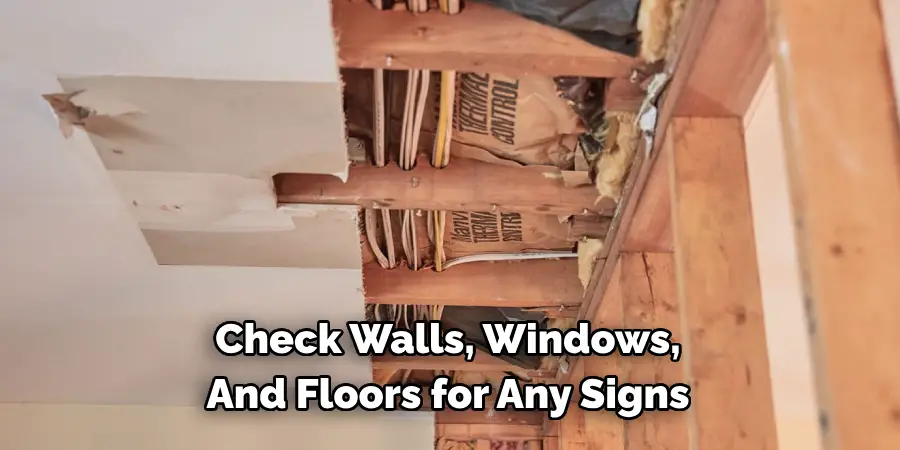
4. Use Protective Equipment
Put on protective gear such as rubber gloves, safety glasses, and a face mask before cleaning to protect against mold spores. Equipment should be cleaned regularly or replaced when necessary.
5. Vacuum the Area
Vacuum all affected surfaces with a HEPA filter vacuum to remove any visible mold particles and spores from the area before cleaning. A HEPA filter will also help reduce allergens in the air which can trigger allergic reactions.
6. Clean with Vinegar
Mix equal parts of vinegar and water in a spray bottle and spray onto the affected area. The acidity of vinegar helps to kill mold spores while also providing a gentle cleaning solution that won’t damage the surface underneath. Allow the mixture to sit for an hour before wiping it off with a damp cloth.
7. Use Baking Soda
After cleaning with vinegar, sprinkle baking soda over the affected area and let it sit for a few hours. Baking soda helps to absorb moisture, which will help reduce further mold growth. Afterward, vacuum up the baking soda with a HEPA filter vacuum cleaner.
8. Use Liquid Detergent or Dish Soap
Mix liquid detergent with warm water in a bucket and apply it to the affected area using a sponge or cloth. Scrub gently to lift off any mold spores and rinse with clean water afterward.
9. Dry the Area
Once you’ve finished cleaning, use dehumidifiers or fans to dry out the basement walls and floors completely. Make sure to keep all windows open during this process to allow for air circulation as well.
10. Inspect Regularly
Lastly, regularly inspect your basement for any signs of mold growth and take necessary steps to prevent it from spreading further. Keep the humidity levels low by using dehumidifiers or air conditioners, and use proper cleaning equipment when cleaning to keep mold in check.
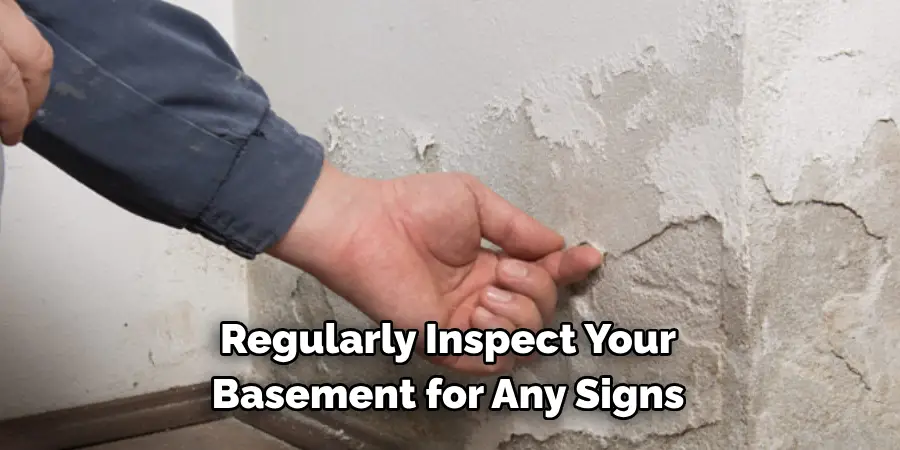
By following these 10 steps on how to remove mold from basement walls, you should be able to keep your basement free from mold and stay safe.
8 Maintenance Tips for Keeping Your Basement Free from Mold
Mold is a common issue in basements due to the damp, dark environment. But it’s not something you have to live with! With regular maintenance and proper cleaning techniques, you can keep your basement free from mold. Here are eight simple tips to prevent and remove mold from your basement walls:
1. Improve ventilation. Proper ventilation is the key to keeping your basement fresh and dry. Open windows, install fans, dehumidifiers, or air conditioners to keep the humidity levels low. Ventilation also helps to circulate air and prevent mold spores from growing.
2. Clean regularly. Make sure you clean your basement walls, floors, and furniture frequently using a damp cloth or mop. This will help to remove any dust particles that can be a food source for mold growth.
3. Fix damages quickly. Any water damage in the basement should be fixed as soon as possible to prevent mold growth. Check for signs of water leakage and seek professional help if necessary.
4. Keep it dry. Make sure to repair any leaking pipes, gutters, or cracks in the walls or foundations of your basement to keep it dry. You may also need to use dehumidifiers or air conditioners to reduce moisture levels in the basement.
5. Use mold-resistant paint. When painting your basement walls, make sure to use a mold-resistant paint that will help prevent the growth of mold in damp areas like basements. Molding-resistant paints are specially formulated with fungicides that inhibit the growth of mold.
6. Check for moisture regularly. Regularly check your basement walls and floors for dampness, condensation, or water leaks. It’s important to be proactive so you can take action before any serious damage is done.
7. Use natural cleaning products. To prevent further mold growth, use natural cleaning products like vinegar or baking soda to clean your basement walls. Natural cleaners are less likely to cause irritation and won’t contribute to the build-up of harmful chemicals in your home.
8. If all else fails, call a professional. If you’re still having issues with mold growth in your basement, it may be time to call a professional. They can help you identify the source of the mold and treat it with the right chemicals and procedures to keep your basement clean and safe.
By following these simple tips, you can successfully remove mold from your basement walls and keep it away for good! Make sure to take regular preventative measures like cleaning and improving ventilation to make sure your basement stays mold-free. With regular maintenance, your basement will be a safe and healthy environment for years to come.
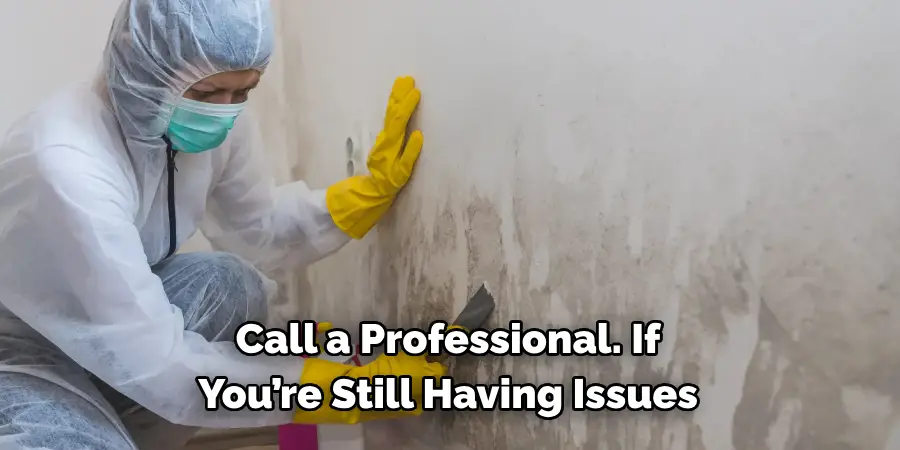
Frequently Asked Questions
How Long Will It Take to Finish the Project?
It depends on the size of your basement and how much mold is present. Generally speaking, it can take anywhere from a few hours to a few days to completely remove all traces of mold from your basement walls. While the removal process itself may not take very long, it is important to allow adequate time for drying and cleaning up before re-insulating or repainting your walls.
Can I Remove Mold From My Basement Walls Without Professional Help?
Yes! While professional mold remediation services can be helpful in some circumstances, there are a number of steps you can take to remove mold from your basement walls without professional help. Some of these steps include using a bleach solution to kill the mold, sealing off the area in question with plastic sheeting and an exhaust fan, and finally, properly cleaning and drying the affected areas before repainting or re-insulating them.
Conclusion
Removing mold from basement walls is an important process that requires effort and patience. It’s always best to prevent the growth of mold in the first place by keeping your basement dry and free from moisture, but if you find yourself faced with a mold infestation, it’s vital you take action quickly. Letting mold go unchecked can lead to serious health problems, so be sure to stay proactive in finding and eradicating it.
Fortunately, there are various methods on how to remove mold from basement walls available for removing mold safely and effectively, so don’t despair! We hope this guide has given you a better understanding of how to tackle those tricky basement walls. Don’t wait any longer – take immediate action and move forward in restoring your basement walls to their former glory. Good luck!

